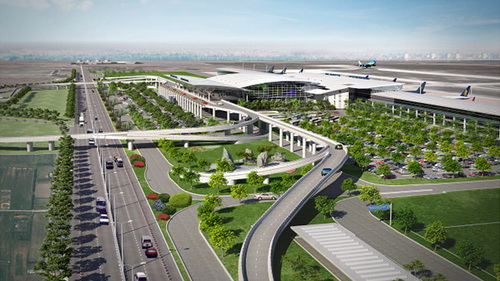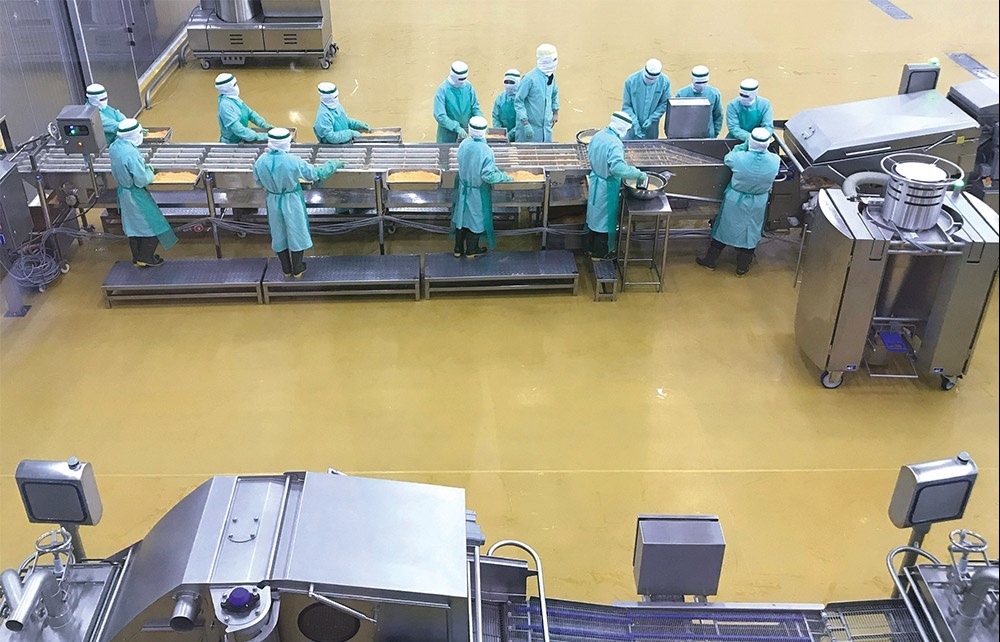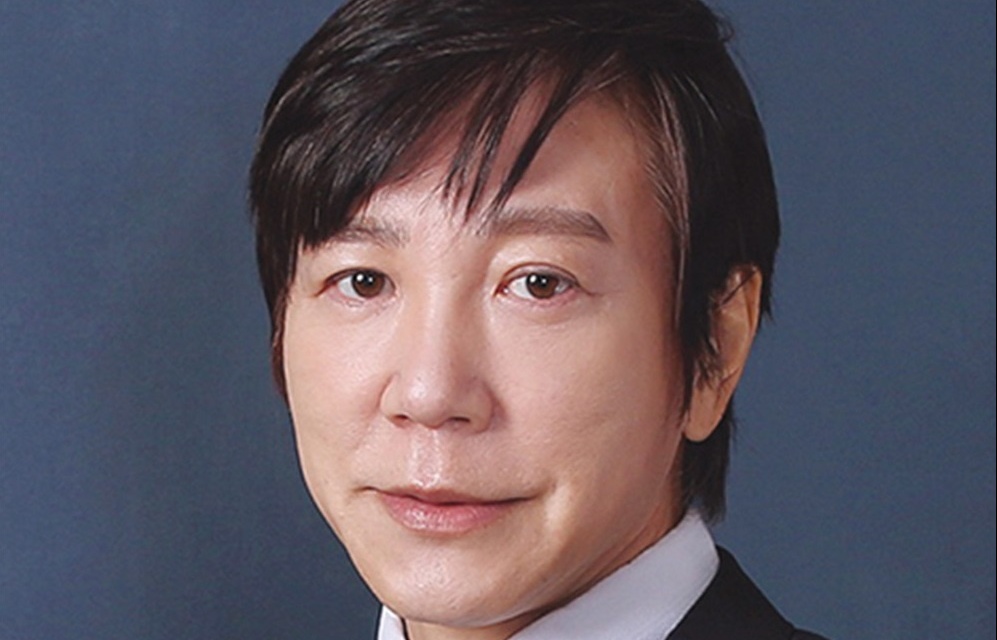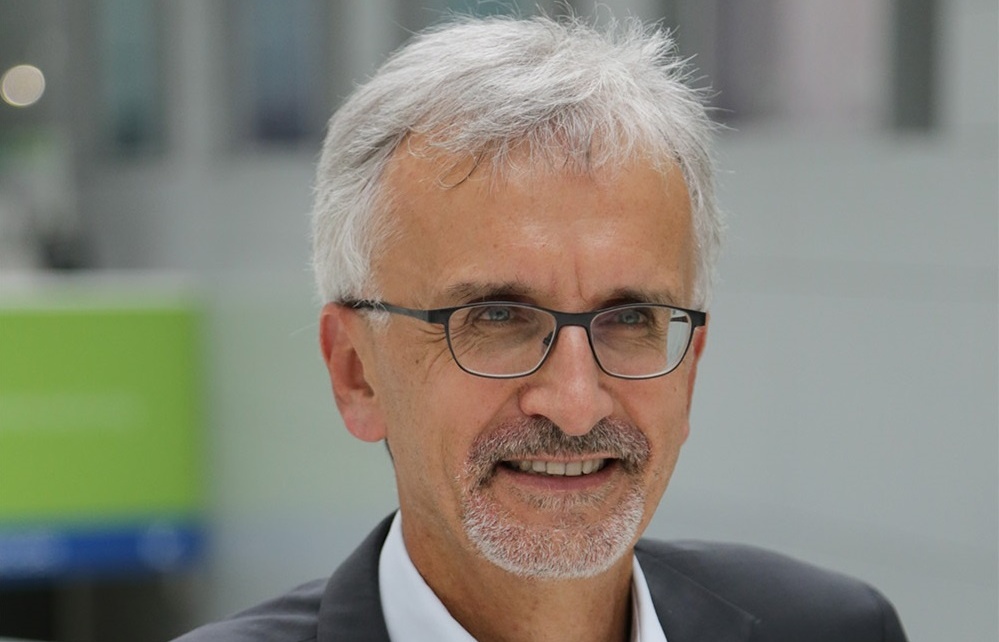Long Thanh international airport project feasibility in discussion

In a recent discussion about the feasibility of Long Thanh international airport, Minister of Planning and Investment and chairman of the state council tasked with appraising the airport project Bui Quang Vinh asserted “We need more persuasive evidence that the project is necessary before asking the National Assembly’s approval to begin construction.”
The appraisal council, formed by the prime minister, consists of 16 members who are also government leaders. Its major function is to support the government in appraising the project’s investment forecasts before seeking the go-ahead from the National Assembly.
“With first-phase investment mounting to nearly $8 billion, we need to be sure the project is highly feasible,” Vinh told the Airports Corporation of Vietnam (ACV) which is in charge of drawing up Long Thanh International Airport (LTIA) reports.
Another member of the appraisal council, Deputy Minister of Natural Resources and Environment Chu Pham Ngoc Hien, said the project’s investment report had yet to address the project’s competitive advantages as a transport hub, although there are several airports in the region reporting stable operations and competitive quality services.
In terms of investment scope, Deputy Head of the Central Economic Committee Pham Xuan Duong said the developer needed to update the investment figures and information on scale and capacity as well as investment phases to ensure efficiency and effective use of resources.
The developer was also asked to present plans on the joint operations of Long Thanh and Tan Son Nhat airports in each development stage to avoid wasting important airport infrastructure resources.
In this respect, Vinh also asked the ACV to carefully assess the land needed for the project, as the project currently plans to absorb 5,000 hectares, much of which is currently growing valued cash crops.
“About 30,000 Dong Nai province residents would be affected by the project, so apart from resettlement the developer needs to survey and soon present job shift plans to help people move on with their lives,” said Nguyen Ngoc Long, an expert on the project’s appraisal council.
Long also stressed the importance of updating the project’s investment cost to 2013 pricing and comparing this to investments in similar airport projects in the region and around the world as well as considering ODA capital as a capital source and clearly defining the role of the state and private investors if the project follows the public-private partnership (PPP) model.
Members of the appraisal council reportedly voted on whether they agreed or disagreed with sourcing government and National Assembly approval for the project in the upcoming session in May.
“Before the results of the vote come out, the developer has 15 days to update their figures and revise their investment reports based on input from the appraisal council,” said Vinh.
In an earlier development, appraisal council members prioritised the LTIA project over expanding Tan Son Nhat airport or upgrading Bien Hoa air force base.
The reason behind this, according to the ACV, was that Tan Son Nhat is expected to reach a saturation point by 2016 when it is running at full capacity welcoming 25 million passengers a year, whereas passenger volume is expected to increase to 30.3 million by 2020 and spike to 53.4 million by 2030.
This has triggered the demand for a new airport to accommodate escalating passenger volumes.
Accordingly, the total cost for building the first phase of the Long Thanh airport would come to about $7.8 billion.
This includes $730 million for land compensation, as the project will affect 1,500 households.
Another option, expanding Tan Son Nhat, would reportedly cost $16.1 billion in compensation, $9.1 billion for construction and relocate 150,000 residents.
Turning Bien Hoa air force base into a civil airport was also regarded as less feasible, as it would require $4.6 billion in compensation and construction of a new air force base.
Another issue is that Bien Hoa is reportedly still infected with dioxin from the war, so a major investment would be required for clean-up.
If approved, the first phase of construction of LTIA would have a 25 million passenger, 1.2 million tonnes of freight capacity per year which would increase to 100 million passengers and 5 million tonnes of freight once it is fully built (estimated by 2035).
What the stars mean:
★ Poor ★ ★ Promising ★★★ Good ★★★★ Very good ★★★★★ Exceptional
Latest News
More News
- Japanese see potential with startup initiatives (May 04, 2024 | 20:00)
- Japanese leaders hold further talks to make North Hanoi Smart City a reality (May 03, 2024 | 09:44)
- Alibaba plans $1 billion data centre in Vietnam (May 02, 2024 | 18:24)
- Manufacturing activity rises on rebound in new orders (May 02, 2024 | 16:34)
- FDI disbursement in January-April period reaches five-year record (April 30, 2024 | 16:37)
- Foreign investment prospects in good shape with tech focus (April 30, 2024 | 11:26)
- $529 million funneled into Vietnam’s startup ecosystem in 2023 (April 29, 2024 | 08:54)
- Vietnam to become key link in semiconductor value chain (April 26, 2024 | 18:31)
- Nvidia Group may build an AI centre in Ho Chi Minh City (April 26, 2024 | 17:22)
- Japan's Vsun Solar starts silicon wafer production in Vietnam (April 25, 2024 | 13:59)












 Mobile Version
Mobile Version